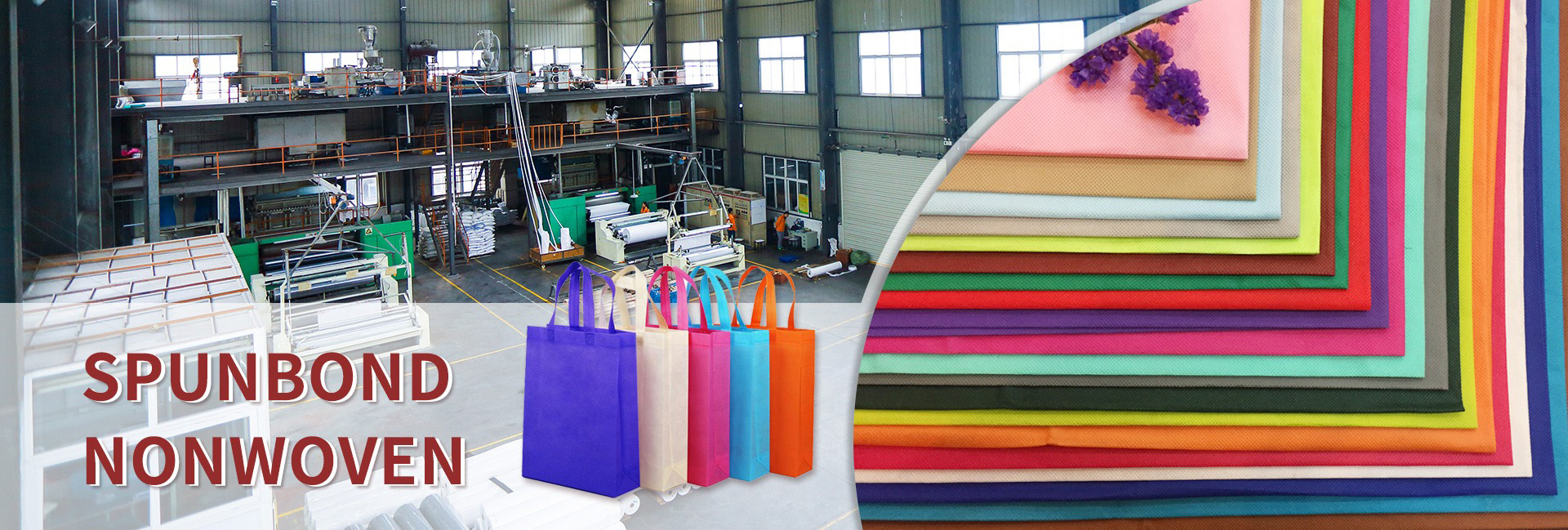Indeed, from critical surgical gowns to often overlooked isolation curtains, spunbond non-woven fabrics (especially SMS composite materials) constitute the most fundamental, extensive, and crucial physical defense line for infection control in modern operating rooms due to their excellent barrier performance, cost-effectiveness, and disposable characteristics.
Key protective equipment: surgical gowns and bedding sheets
As the first layer of barrier in direct contact with patients and medical staff, surgical gowns and drapes have the most stringent material requirements.
High performance surgical gowns: Modern high-performance surgical gowns commonly use SMS or SMMS composite non-woven fabrics. The outer spunbond (S) layer provides excellent tensile strength and wear resistance, preventing tearing or puncturing during intense surgical procedures. The middle meltblown (M) layer forms the core barrier, effectively blocking the penetration of blood, alcohol, and other bodily fluids. This multi-level structure not only achieves a high level of protection, but also is lighter and more breathable compared to traditional reusable textiles, which can enhance the comfort of medical staff during long-term surgeries.
Surgical preparation: used to create and maintain a sterile area for patients during surgery. They also need to have high standards of liquid blocking and antibacterial properties to prevent contaminants from penetrating through the surgical incision. Another huge advantage of disposable non-woven fabric sheets is that they fundamentally eliminate the risk of cross infection caused by incomplete cleaning and disinfection.
Environmental isolation and covering: isolation curtains and covers
Although these applications do not directly contact the patient’s wound, they are equally essential for controlling the operating room environment and preventing microbial spread.
Isolation curtain: used to divide clean and contaminated areas in the operating room, or to cover non-surgical areas. The isolation curtain made of spunbond non-woven fabric is lightweight, easy to install and replace, and cost-effective. It can be replaced frequently to ensure environmental cleanliness.
Instrument cover cloth: used to cover relevant equipment during surgery, such as ultrasound probes, to prevent contamination by blood or flushing fluid, and to facilitate quick postoperative cleaning.
Supporting auxiliary supplies
Disinfection packaging bag: Interestingly, many surgical instruments, before being sent into the operating room, have their final sterilization guarantee – disinfection packaging bags (such as Tyvek Tyvek) – which are themselves made of high-performance spunbond materials. It ensures that the instruments remain sterile during storage and transportation.
Shoe covers and hats: As part of the basic protection in the operating room, they further control the sources of contamination brought in by personnel.
Market Pattern and Future Trends
This vast and mature market is dominated by several giants and presents a clear direction for technological upgrades.
Market Concentration: The global market is dominated by international giants such as Kimberly Clark, 3M, DuPont, Cardinal Health, as well as leading Chinese companies such as Blue Sail Medical and Zhende Medical.
Technology functionalization: Future materials are developing towards greater comfort and safety. For example, by using three anti finishing techniques (anti alcohol, anti blood, and anti-static) to enhance the level of protection; Developing biodegradable PLA (polylactic acid) spunbond fabric to cope with environmental pressures; And integrating invisible conductive lines in the fabric provides the possibility for wearable monitoring devices in future ‘smart operating rooms’.
Rigid demand: With the steady growth of global surgical volume (especially in the fields of cardiovascular and cerebrovascular diseases, orthopedics, etc.) and the increasingly strict infection control regulations in hospitals around the world, the requirements for high-performance disposable non-woven surgical supplies will shift from “optional” to “mandatory”, and market demand will continue to be strong.
Summary
In summary, spunbond non-woven fabric has been deeply integrated into every corner of modern operating rooms. It has built a solid and reliable “invisible defense line” from key equipment to environmental management with its reliable protective performance, controllable single use cost, and mature industrial chain, becoming an indispensable basic material for ensuring surgical safety and controlling hospital infections.
If you have a deeper interest in market data for specific types of spunbond materials (such as biodegradable PLA materials) or surgical gowns with different levels of protection, we can continue to explore.
Dongguan Liansheng Non woven Technology Co., Ltd. was established in May 2020. It is a large-scale non-woven fabric production enterprise integrating research and development, production, and sales. It can produce various colors of PP spunbond non-woven fabrics with a width of less than 3.2 meters from 9 grams to 300 grams.
Post time: Nov-21-2025

